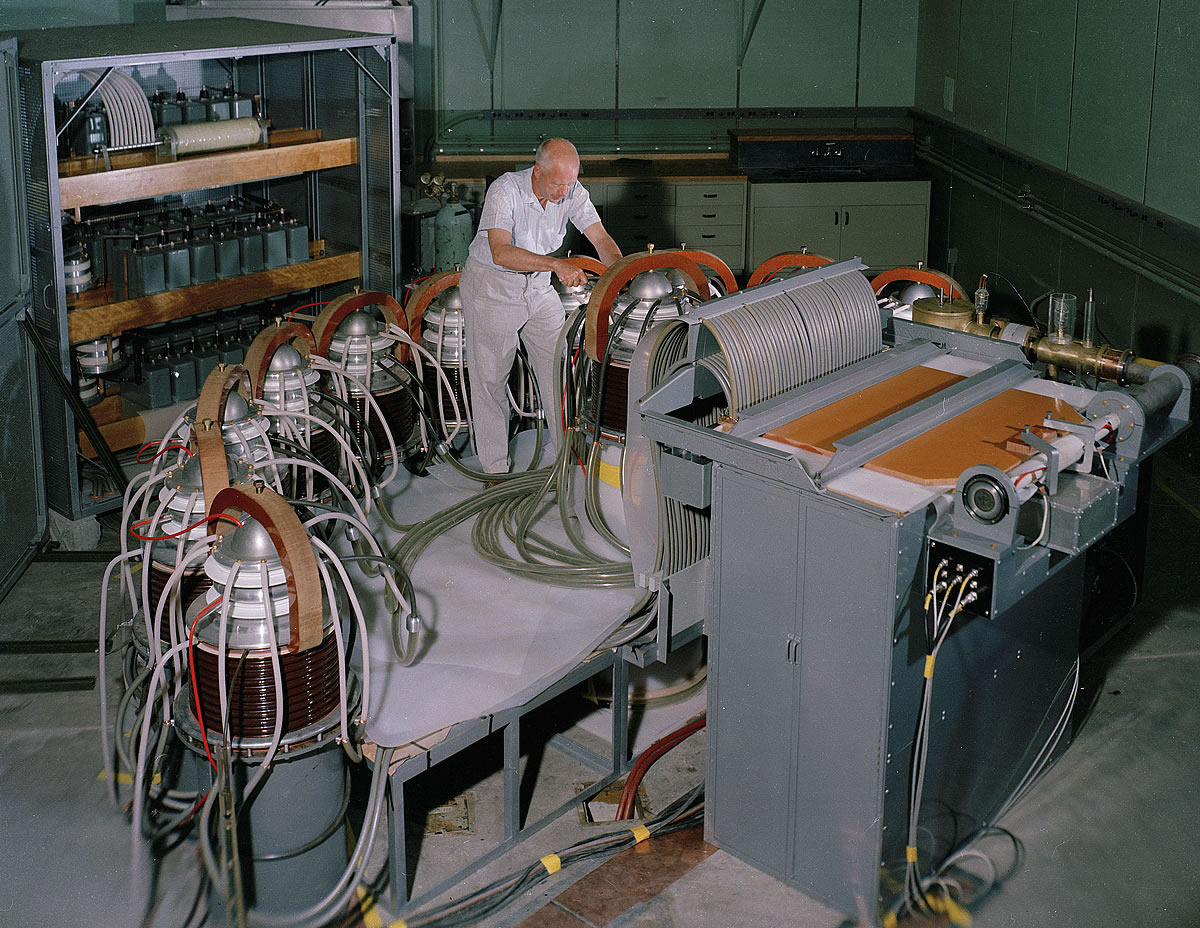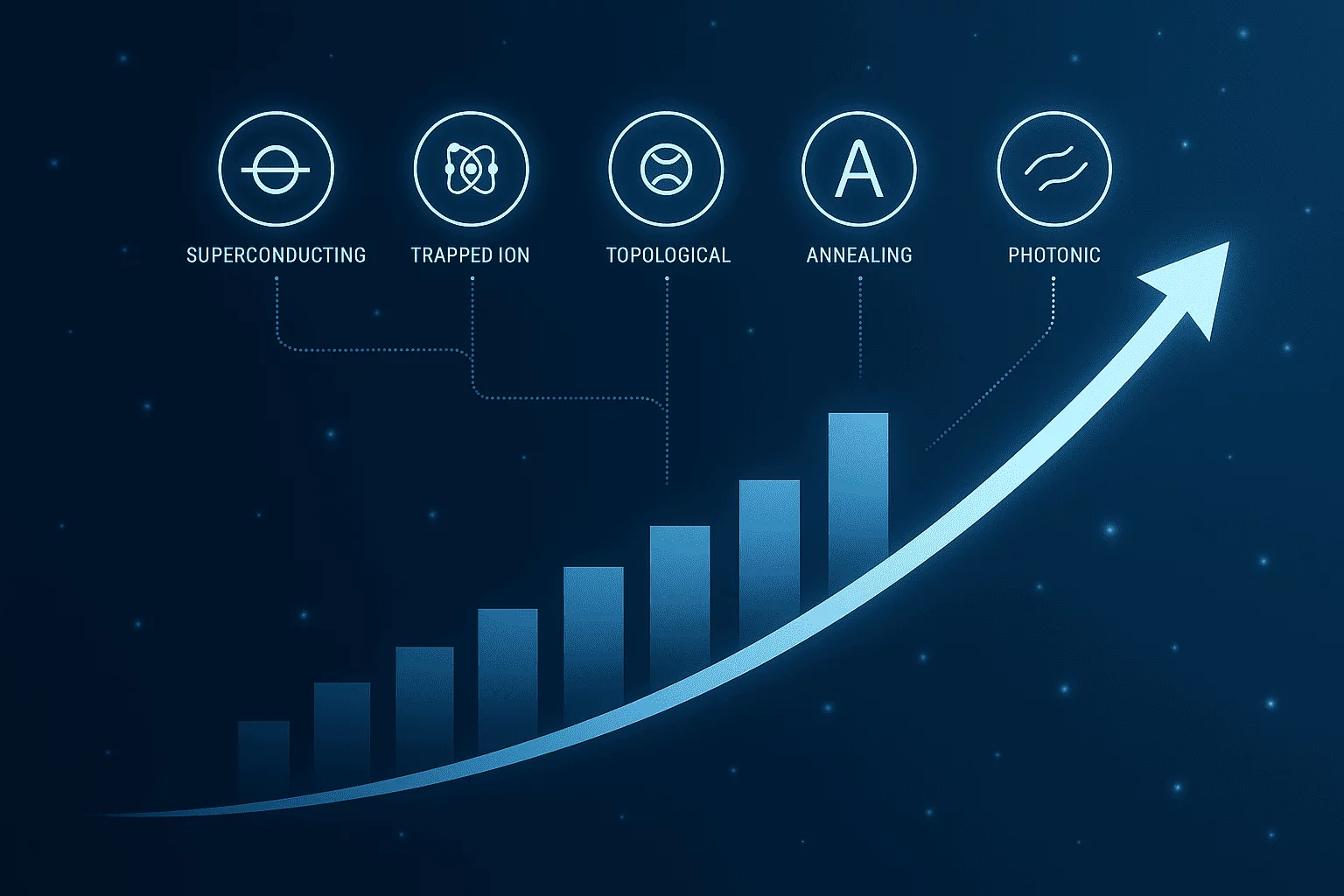June’s PMI readings in the Eurozone paint a picture of resilient yet tepid economic momentum. Manufacturing remains slightly sub‑par, while services edge back into growth. This is a region caught between the lingering headwinds of global trade uncertainty, geopolitics, and cautious consumer behavior—and the stabilizing effects of lowered inflation and accommodative central bank policies. Explore June Eurozone PMI report: manufacturing stabilization, service sector modest growth, inflation easing, and what it means for Europe’s economic outlook and business strategy.
The composite PMI stands just above the 50 threshold, signaling stagnation rather than expansion. Behind this static surface lies a story of structural shifts—industrial resilience, service sector fragility, fragile supply chains, and a labor market that continues hiring despite many challenges.
June PMI 2025 Manufacturing: Stabilizing—but Lower than Needed
Eurozone manufacturing output is holding steady, but still below growth territory. The S&P Global manufacturing PMI rose slightly to 49.5 in June, up from 49.4 in May, a 34‑month high yet clearly below the 50‑point mark. Notably, sales prices fell for a second month, with the output price index at 49.2.
Despite this softness, the composite PMI’s manufacturing sub‑index indicates some underlying strength: the output measure ticked up to 51.0, suggesting firms are quietly resuming production.
Services: Modest Return to Growth
Services activity, which dipped into contraction in May, returned to modest expansion in June. The HCOB services PMI climbed to 50.5, from 49.7, surpassing expectations and marking the first prolonged series above breakeven this year.
Far from a breakout, this uplift reflects cautious reengagement: firms are lightly rehiring, and optimism has improved. But weak new orders and fragile demand suggest that Europe’s services engines haven’t kicked into high gear.
Composite PMI: Stagnant but Stable
The composite PMI, blending manufacturing and services, edged up to 50.6 in June, its highest level in three months, though still indicative of stagnation.
Flash estimates painted a similar picture, hovering at 50.2, down slightly on expectations but still firmly at the 50‑point demarcation between growth and contraction.
Pricing, Employment & Order Trends
Input & Output Prices: Manufacturers continue trimming selling prices as competition remains intense and orders weak .
Employment: Even with sluggish demand, services firms reported four straight months of job creation .
New Orders: Yet new business has fallen for 13 months, though the pace of decline has slowed markedly .
Underlying Drivers: Inflation & Trade
Inflation has subsided to 2%, aligning with the ECB’s target—this supports the benign inflation backdrop but doesn’t yet propel growth .
Trade uncertainty tied to U.S. tariffs continues to weigh on European manufacturers, while the global economic slowdown—highlighted in ECB projections—has dampened foreign demand .
Country Variations: Stability with Pockets of Strength
Germany’s services and manufacturing sectors strengthened, lifting its composite PMI to 50.4, up from 48.5, thanks to export recovery.
In France, services stabilization came closer to growth with a PMI of 49.6, the weakest contraction in nine months. However, its composite PMI stayed slightly contracted at 49.2 .
Elsewhere, Spain, Ireland, and the Netherlands enjoyed modest resilience even as Italy and Austria lagged behind.
ECB Context & Outlook
ECB staff forecasted 0.3% GDP growth for Q1, with growth slowing later in the year due to trade tensions and global fragility . They expect inflation to dip to 1.4% by early 2026 before stabilizing around 2%.
With persistent stagnation and low inflation, the ECB is expected to hold rates steady for now, pausing after eight rate cuts. Future moves will depend on whether inflation returns sustainably and demand strengthens.
Global Context
Globally, manufacturing is showing signs of stabilization: the J.P. Morgan/S&P composite reached 50.3 in June, up from 49.5. The U.S. services sector is growing moderately (ISM services PMI at 50.8) , but global factory sentiment remains fragile amid tariff risks.
Strategic Perspective: Procurement & Planning
Procurement leader Mattias Knutsson highlights:
“When Europe stagnates, strategic sourcing becomes essential. Procurement must build resilient, diversified supplier networks that adapt to weak demand, low pricing flexibility, and shifting trade policies. It’s less about fighting for market share and more about ensuring supply chain durability and cost transparency.”
He recommends that firms invest in flexible supply contracts, onshore buffers, and nearshoring—using PMI data as an early signal to adapt procurement and investment strategy.
Conclusion: Stagnant Pace Needs Proactive Policy
June PMI data show an economy balanced on modest expansion and uncertain waters. A breakout remains elusive: manufacturing is steady but undercool; services are recovering but fragile. Inflation is tame; trade risks persist.
The path forward depends on supportive fiscal policies, strategic ECB posture, and global stability. For businesses, the message is clear: adapt to stagnation with resilient supply chains, cautious hiring, and agile planning.
In the words of Mattias Knutsson: success in such conditions requires combining fiscal insight, procurement foresight, and operational flexibility—matching heartbeat with horizon, not hubris.





